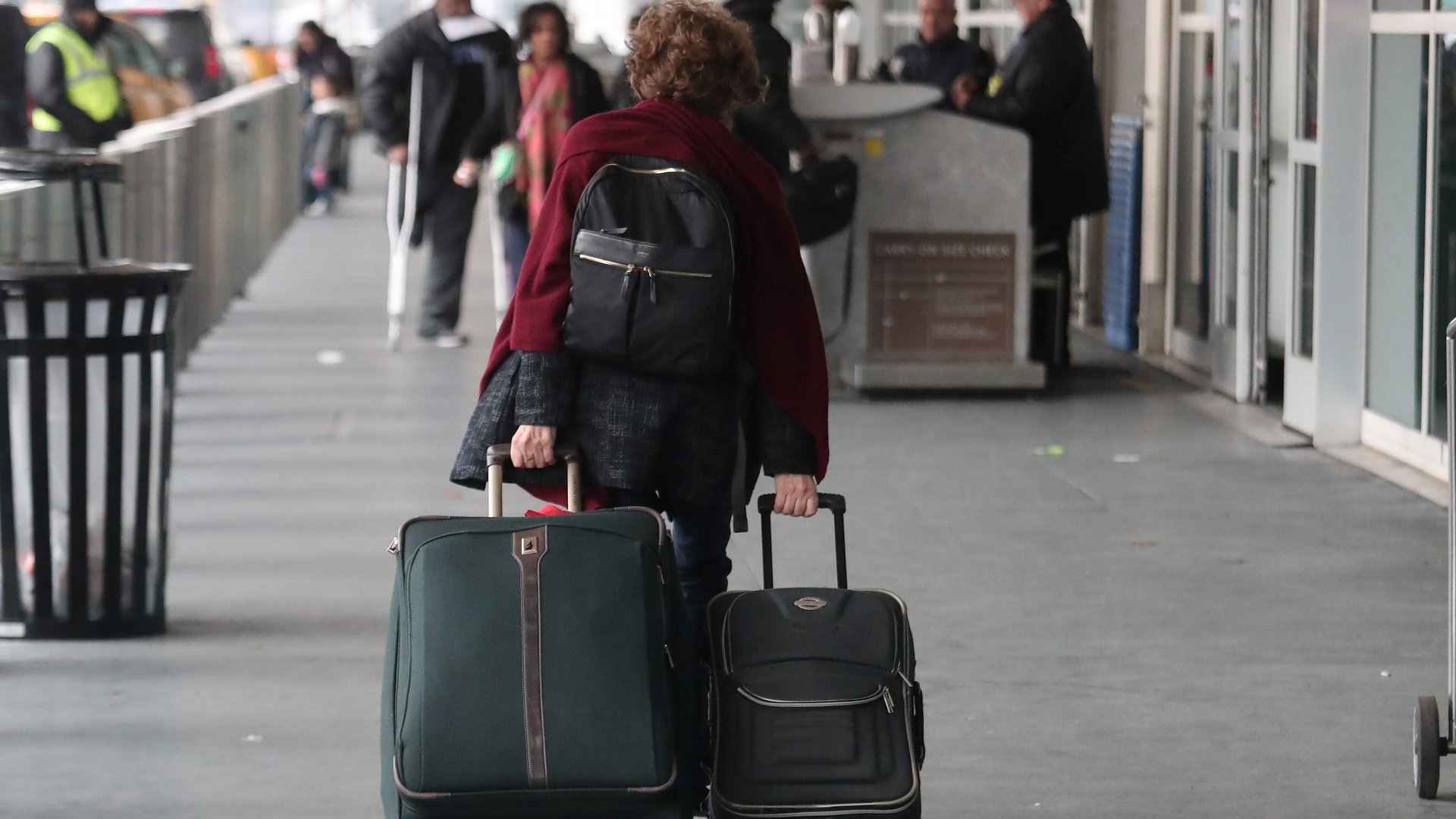US prices on travel goods and toys will go way up, thanks to the China tariffs
Ever since Donald Trump instructed the US trade representative’s office to start the process of raising tariffs on “essentially all” Chinese imports, American retailers have been in a panic.


Ever since Donald Trump instructed the US trade representative’s office to start the process of raising tariffs on “essentially all” Chinese imports, American retailers have been in a panic.
Companies that sell everything from toys to TVs to travel goods—a category that includes luggage, backpacks, handbags, and other products you carry stuff in—depend on China to make a large share of their merchandise. The proposed tariff of up to 25% would raise the costs they pay to import their goods into the US, leaving them to decide whether to absorb the expense themselves or, more likely, pass it onto consumers. The probable outcome is that prices shoppers pay will go up, and the number of purchases they make will go down.
The trade group representing the US retail industry, the National Retail Federation (NRF), set out to estimate how Trump’s China tariffs would affect prices and spending for a variety of consumer goods. Its new study concludes that the proposed tariffs “would be too large for US retailers to absorb and, once passed on, would result in prices higher than many consumers would be willing to pay.” Of the categories it looked at, toys and all those travel goods would see the greatest price increases.
To create its detailed scenarios, the NRF says it used the “global simulation model” framework that the World Bank and United Nations use in their work. It accounts for factors such as manufacturing shifting out of China to other locations, including the US—though mostly it would migrate to countries such as Vietnam.
However, the NRF points out that it could take years for brands to shift their sourcing away from China, because they would first need to determine whether new suppliers can meet their quality standards, production volumes, price requirements, and more. It’s tougher for certain industries, too. It requires less specialized equipment and institutional knowledge to sew jeans than to produce performance sneakers, for instance.
The results, the study says, “show that, even after possible changes in sourcing, the proposed tariffs would have a substantial negative impact on American consumers for the targeted products.” It estimates that the net impact on the US economy—defined as the value of gains by US producers plus tariff revenues to the government, minus the value of losses in consumer purchases—would be a loss of nearly $8 billion from these product categories alone.